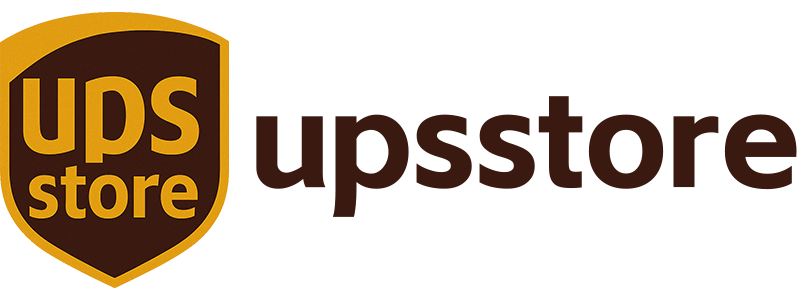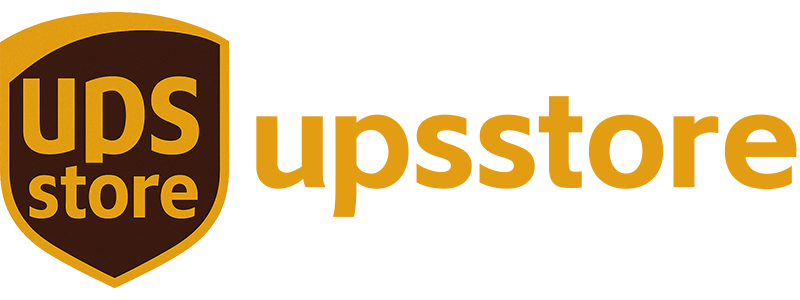1. Understanding Packaging and Printing Challenges and Pain Points
1.1 The Environmental Impact of Traditional Packaging
The environmental toll of traditional packaging is staggering, with millions of tons of waste generated annually. This not only contributes to landfill overflow but also to the depletion of natural resources and increased carbon emissions. The production processes involved often rely on non-renewable materials, further exacerbating the environmental footprint. Businesses are now recognizing the urgent need to shift towards more sustainable practices to mitigate these impacts.
Another critical aspect is the pollution caused by packaging waste in oceans and natural habitats, threatening wildlife and ecosystems. The degradation of these materials can take centuries, leaving a lasting legacy of environmental harm. Consumers are increasingly aware of these issues, driving demand for greener alternatives that align with their values.
Lastly, the energy consumption associated with producing and disposing of traditional packaging is a significant concern. From the extraction of raw materials to the manufacturing and transportation processes, the carbon footprint is immense. Sustainable packaging solutions offer a way to reduce this impact, but accessibility and cost remain barriers for many businesses.
1.2 Cost and Accessibility Issues for Sustainable Materials
Sustainable materials often come with a higher price tag, making them less accessible to small and medium-sized enterprises. This cost disparity can deter businesses from making the switch, despite their environmental commitments. Finding affordable sources of eco-friendly materials is a challenge that many face.
The availability of sustainable packaging options is another hurdle. Not all regions have easy access to suppliers of green materials, limiting the options for businesses looking to make a change. This scarcity can also drive up prices, further complicating the transition.
Additionally, the lack of standardization in sustainable packaging can lead to confusion and inconsistency in quality. Businesses need reliable sources that can provide consistent, high-quality materials to meet their packaging needs without compromising on environmental standards.
Finally, the initial investment required to switch to sustainable packaging can be a barrier. While the long-term benefits are clear, the upfront costs can be prohibitive for some businesses, especially those operating on tight margins.
1.3 Meeting Customer Expectations for Green Packaging
Today’s consumers are more environmentally conscious than ever, expecting businesses to adopt sustainable practices, including in their packaging. This shift in consumer preferences is driving companies to reevaluate their packaging strategies to align with these values. Failing to meet these expectations can result in lost sales and damage to brand reputation.
Green packaging is not just about the materials used but also about the entire lifecycle of the product. Consumers are looking for packaging that is not only made from sustainable materials but is also recyclable or compostable. This comprehensive approach to sustainability is becoming a key differentiator in the marketplace.
Moreover, transparency in sourcing and production processes is increasingly important to consumers. They want to know that the companies they support are genuinely committed to sustainability, not just using it as a marketing ploy. This requires businesses to be open about their practices and to seek certifications that validate their claims.
2. UPSStore’s Innovative Solution Approach
2.1 Customizable Sustainable Packaging Options
UPSStore offers a wide range of customizable sustainable packaging options designed to meet the unique needs of businesses while minimizing environmental impact. From biodegradable mailers to recycled cardboard boxes, the solutions are tailored to reduce waste and carbon footprint. The flexibility in design ensures that businesses do not have to compromise on functionality or aesthetics.
Each packaging solution is developed with the latest eco-friendly materials and technologies, ensuring high performance without the environmental toll. UPSStore works closely with clients to understand their specific requirements, offering personalized advice and solutions that align with their sustainability goals.
2.2 Leveraging FSC and SGS Certifications for Trust
The FSC and SGS certifications held by UPSStore are a testament to the company’s commitment to sustainability and quality. These certifications assure customers that the materials used are sourced responsibly and meet stringent environmental standards. This level of transparency builds trust and confidence among businesses looking for reliable sustainable packaging solutions.
By adhering to these certifications, UPSStore ensures that its packaging solutions contribute to forest conservation and reduce environmental impact. The rigorous standards set by these organizations require continuous improvement and accountability, driving innovation in sustainable packaging.
Furthermore, these certifications serve as a competitive advantage, distinguishing UPSStore from competitors who may not meet the same environmental and quality standards. For businesses, this means partnering with a provider that is recognized for its commitment to sustainability and excellence.
2.3 Affordable Solutions: From Free Moving Boxes to Bulk Discounts
UPSStore understands the financial challenges businesses face when transitioning to sustainable packaging. To address this, the company offers a range of affordable solutions, including free moving boxes for customers looking to reduce costs. These initiatives make sustainable packaging more accessible to a wider audience.
Bulk discounts are another way UPSStore helps businesses save on their packaging needs. By purchasing in larger quantities, companies can significantly reduce their per-unit costs, making sustainable options more competitive with traditional materials. This approach supports businesses in making the switch without straining their budgets.
2.4 Technology-Driven Design for Minimal Waste
Advanced design technologies enable UPSStore to create packaging solutions that minimize waste without compromising on protection or durability. By optimizing the use of materials, the company reduces excess and ensures that each product is as efficient as possible.
Digital tools and software are used to simulate and test packaging designs before production, identifying opportunities to reduce material use and improve sustainability. This proactive approach to design helps in achieving minimal waste while meeting the functional requirements of the packaging.
Furthermore, UPSStore invests in continuous research and development to explore new materials and technologies that can further enhance the sustainability of its packaging solutions. This commitment to innovation ensures that the company remains at the forefront of eco-friendly packaging.

